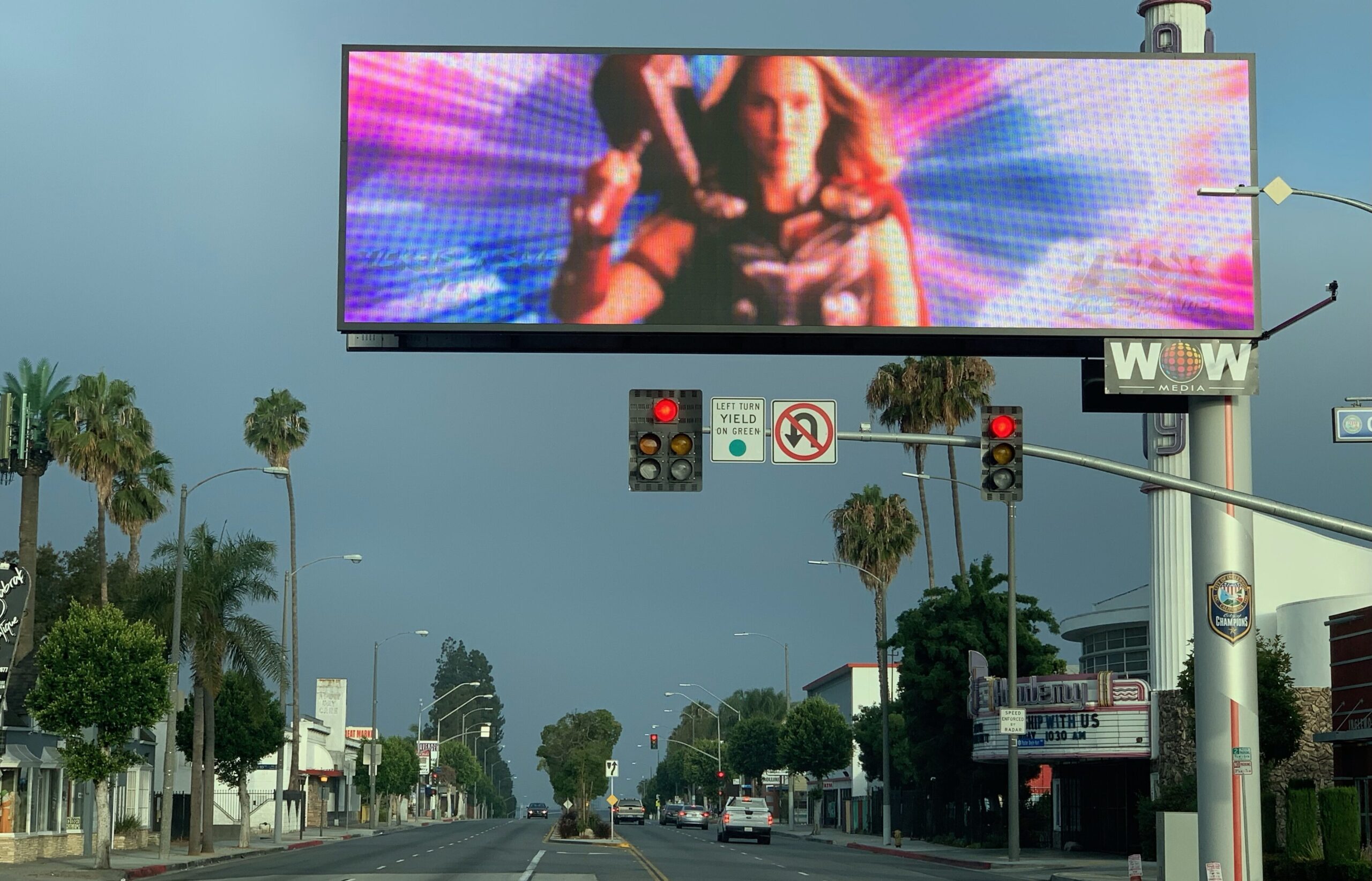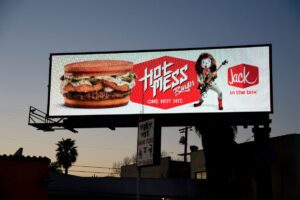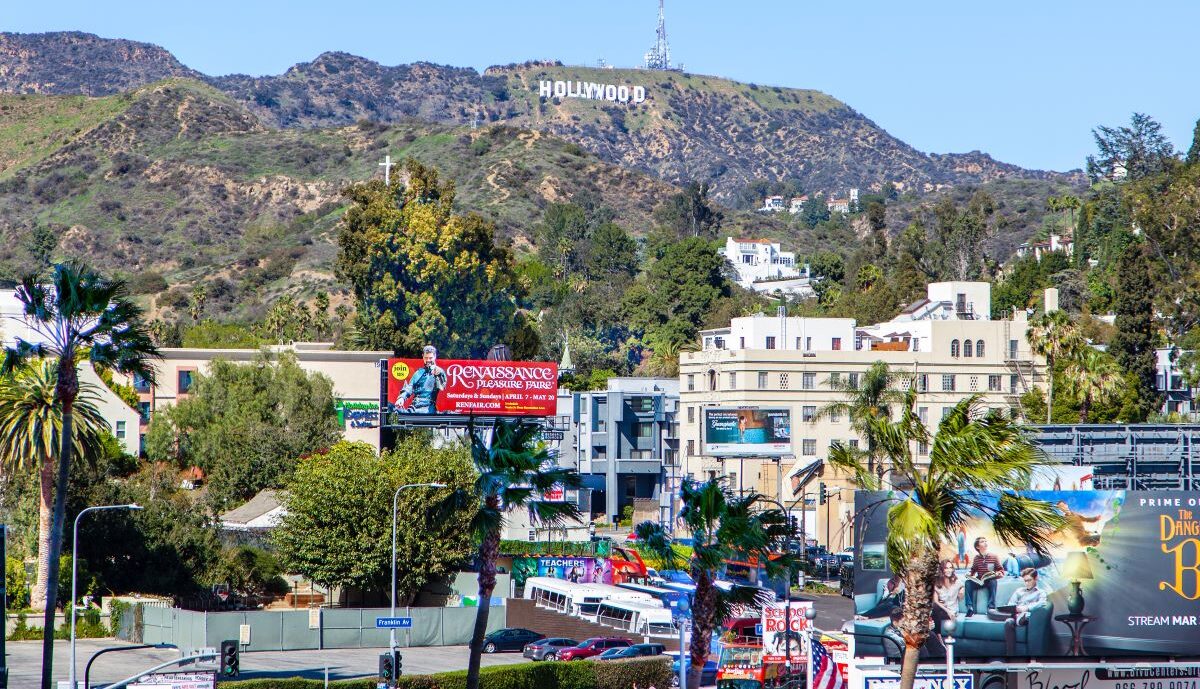
Scenic Los Angeles
Support Us
We need your support to carry out our mission.
Get the latest news from Scenic Missouri.
Defining Billboard Blight
“I know it when I see it.”
Billboard blight takes many forms, depending on the type of sign and its location. Supreme Court Justice Potter Stewart’s definition of pornography given in 1964 (“I know it when I see it”) is useful as an analogy; many people might define billboard blight similarly. We often learn of billboard blight through citizen complaints, but in some areas, even billboard companies admit that blight exists. The following discussion is based on consultation with board members of the Coalition to Ban Billboard Blight, Scenic Los Angeles’ predecessor organization.

Even One Billboard Can Be Too Many
For traditional static billboards, even one billboard can be too many, if it blocks or impairs an otherwise beautiful spot, or if it occupies a prominent site. The latter is the case at the north end of Gaffey Street in San Pedro, where citizens have complained to their council member about a large billboard on a lot at the top of that sloping street. The planning deputy for that council district told the citizens that someone would have to buy the land beneath the sign and terminate the lease. Just one billboard caused blight at that location.
A case where a few billboards have caused blight is along Culver Blvd in the former streetcar track in the Del Rey neighborhood. Many citizens have complained about the series of older sign structures in that park-like setting, which people use for recreation. Such aesthetically attractive locations are especially sensitive to blight.
As seen in the above cases, just one or a handful of billboards may be enough to cause blight because they distract from driving and compete unnecessarily for attention that could be given to the streetscape, the architecture, or the Los Angeles sky. Billboards in any quantity severely hobble efforts at community beautification.
Just one or a handful of billboards may be enough to cause blight because they distract from driving and compete unnecessarily for attention that could be given to the streetscape, the architecture, or the Los Angeles sky.
Digital Issues Breed Bigger Problems
In the case of digital billboards, any and every such billboard outside of a highly commercialized Sign District constitutes billboard blight. This is because such signs are visible from long distances, because they stand out from the surroundings so much that they lower nearby property values, and because most people do not want to live anywhere near them.

One of the main causes of billboard blight in Los Angeles is negligence by government officials. Lax sign enforcement over many years in the city of Los Angeles has allowed sign companies to erect hundreds of signs for which the permits are today lacking or noncompliant. Negligence by elected officials is another; some council members have softened their stances regarding billboard blight under the influence of campaign contributions of free billboard space at election time. The ultimate cause of billboard blight is the commercial imperative that sign companies constantly act upon. Preventing or reducing blight requires a countervailing sense of urgency of at least equal potency. Such urgency should energize a desire to make Los Angeles more attractive, and lead to preventing or reducing billboard blight.

Safety, Environmental & Economic Concerns
Learn more about the safety, environmental, and economic concerns surrounding digital billboards in these resources from Scenic America.